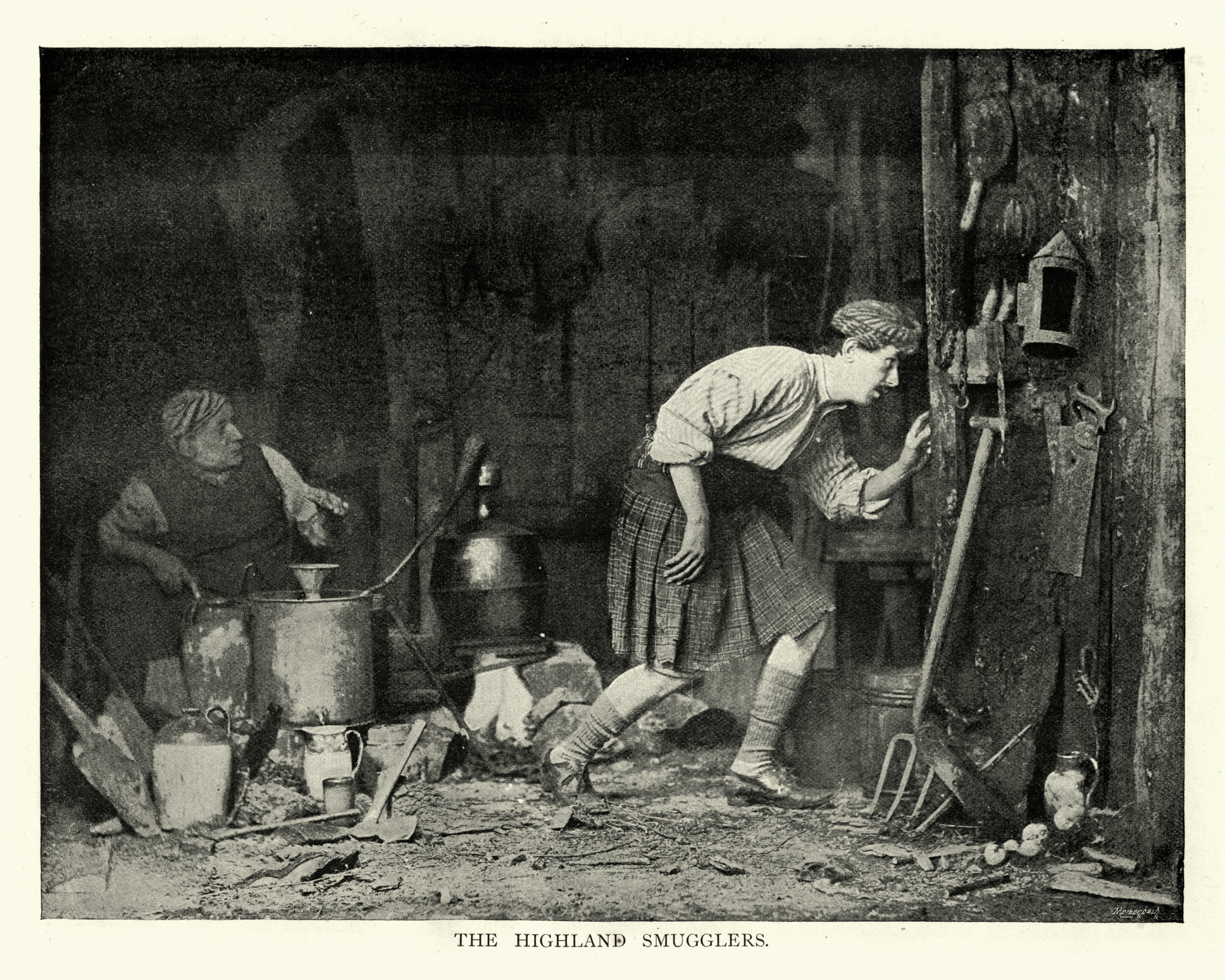Thousands of illicit whisky stills lie undiscovered in Scotland, archaeologists say
Thousands of illicit whisky stills that would have been used by local people in the Scottish Highlands still lie undiscovered in remote glens, archaeologists have said.

The National Trust for Scotland (NTS) has launched an appeal for members of the public to report any sightings of unusual structures tucked away in the Highlands so that the illicit whisky stills can mapped and catalogued.
Derek Alexander, the head of archaeology at NTS, told the i newspaper that it was “absolutely” the case that thousands more than the 130 that have previously been discovered remain hidden.
“The difficult thing from an archaeological point of view is – how do you tell what is an illicit still and what is just an agricultural building that could have had multiple uses?” Mr Alexander told the i newspaper.
“The thing that gives them away are the fact that they [appear to be] hidden, they’re beside water, they’re quite close to peat sources for the fuel.”
Partner Content
In 1781, distilling whisky for private consumption was banned, and thus illicit whisky stills became a hot commodity.
Illicit whisky became big business, with estimates cited by the i newspaper suggesting that some 300,000 gallons was smuggled across the border into England in 1787.
In 2020, we reported that a joint project between the NTS and The Glenlivet had been launched in an attempt to uncover more about the history of illicit distilling.
H/T: inews
Related news
FSS issues urgent warning over Orkney whisky and gin




